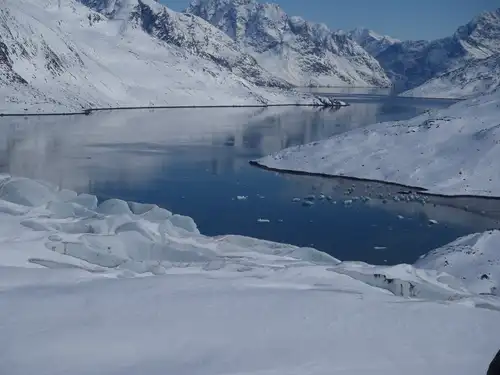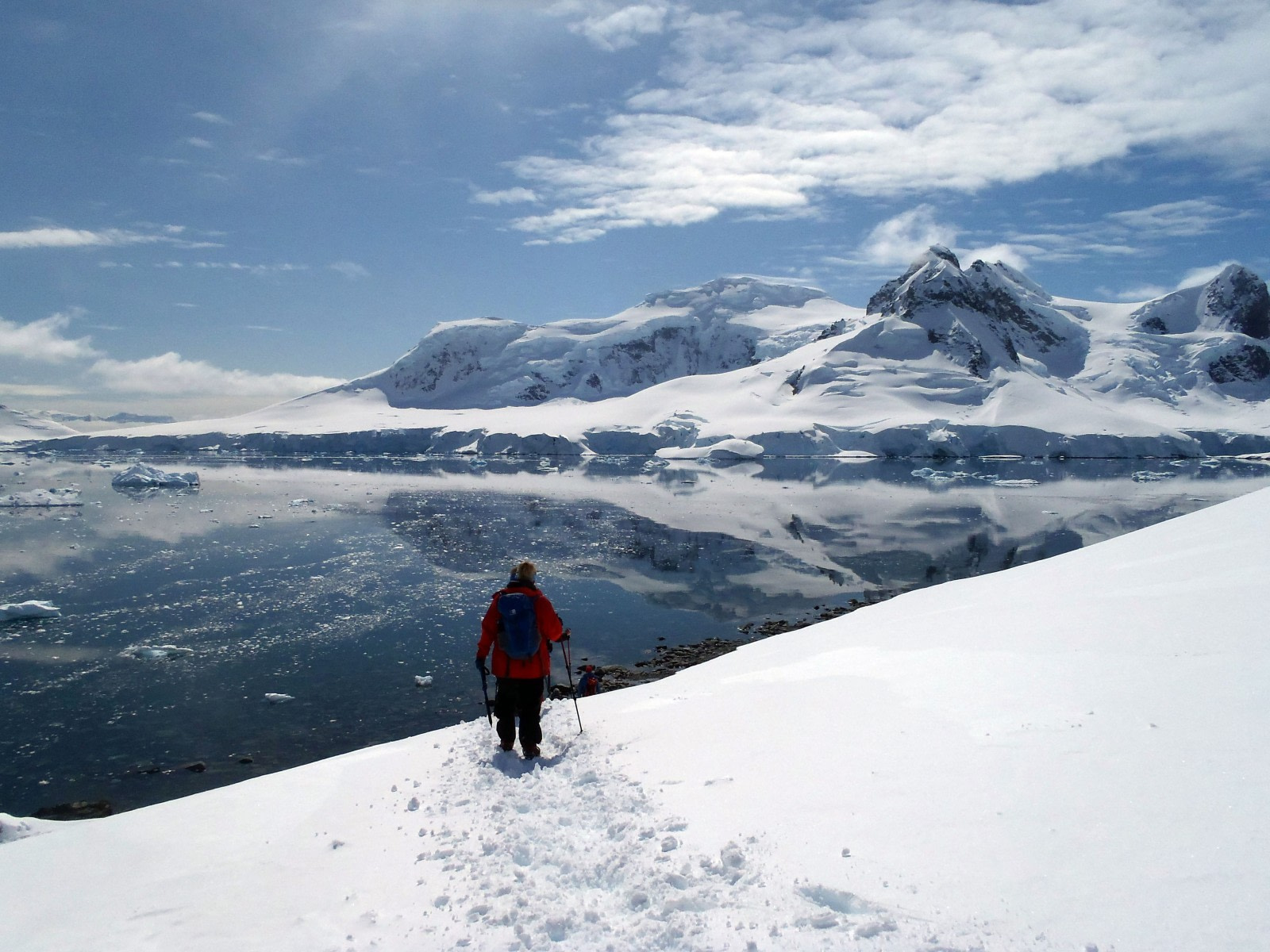There are numerous ways to embark on an Antarctica expedition from the comfort of your home. Explore these fantastic resources to experience the White Continent without leaving your couch.
Visit the expedition huts on Cape Evans, Ross Island
Take a virtual tour inside Scott's hut and explore the surrounding area with Google Street View. These small prefabricated wooden cabins, standing for over a century, offer a glimpse into how explorers lived and worked in the harsh Antarctic environment.
Visit Scott’s hut
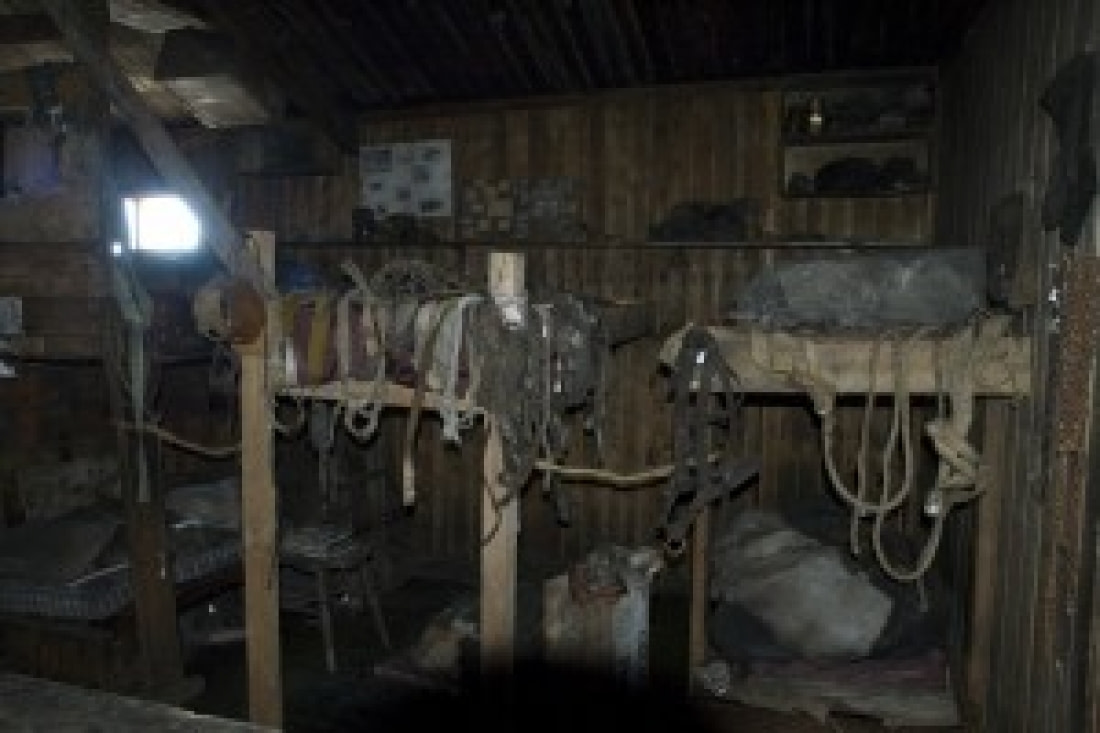
Explore the highlights of the State Library of New South Wales' Antarctic collections
Delve into fascinating old maps, view paintings of Captain Cook's voyages, and admire photographs taken by explorers. Some personal favorites include: "Hauling the dogs up the flying-fox at 'The Grottoes'" by Andrew D. Watson; "Ice-caked Adelie penguins after a blizzard"; and "Cape Denison and Australian Antarctic Expedition Members: scenes inside living quarters, 1911-1915" by Frank Hurley.
Discovering Antarctica
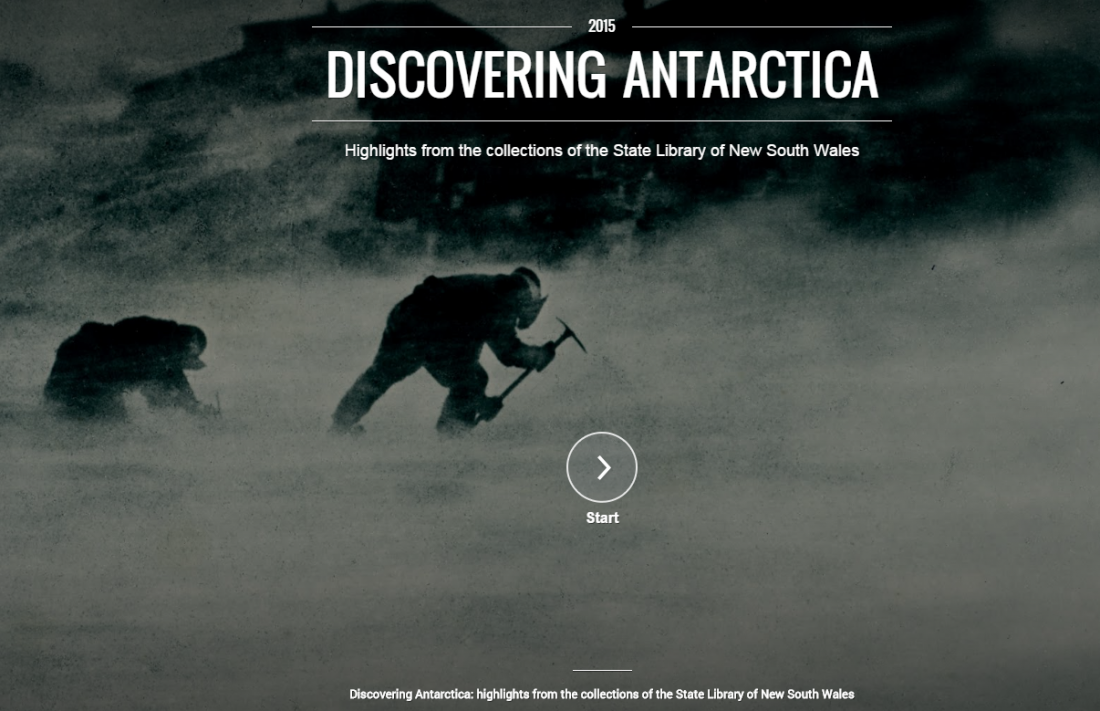
Antarctic and Subantarctic Webcams
Penguin webcam at O'Higgins station Enjoy watching gentoo penguins in their natural habitat through webcams set up at a breeding colony at the German Antarctic Receiving Station (GARS) O'Higgins, located in the northern Antarctic Peninsula. The project, initiated by Martin Grund in 2004, continues to produce photographs. The site is primarily in German, but information is also available in English and Spanish.
Visit website Australian Antarctic Division View images from six webcams operated by the Australian Antarctic Division. Four are located at permanent stations: three on the Antarctic continent at Mawson, Casey, and Davis, and one at sub-Antarctic Macquarie Island. A favorite is the webcam on the Nuyina, Australia’s icebreaker, which offers time-lapse movies from recent voyages and views from bow, stern, and port cameras. Additionally, the krill camera provides videos (updated every 15 minutes) of the marine research aquarium where scientists study krill. United States Antarctic Program Every 30 seconds, cameras at U.S. Antarctic stations capture live outdoor images. There are two cameras at McMurdo Station on Ross Island, two at Amundsen-Scott South Pole Station, and one at Palmer Station on the peninsula side of the continent. British Antarctic Survey Webcams are set up at several British stations and even on ships! The Bird Island Research Station webcam at Bird Island, South Georgia, shows a beach that serves as a fur seal breeding colony in summer, is visited by leopard seals in winter, and sees large male elephant seals in spring, with gentoo penguins present year-round.
Two cameras are located at King Edward Point in South Georgia: one in Larsen House and another on a weather mast. Webcams are also at the Rothera Research Station on Adelaide Island, west of the Antarctic Peninsula, and at the Halley VI Research Station, built on a floating ice shelf in the southeast Weddell Sea.
Two particularly interesting cameras are on British research vessels. One on the conning tower of the RRS Ernest Shackleton captures stunning scenery during the Antarctic summer (the ship heads north to the Arctic in winter), and another on the port side of the bridge of the RRS James Clark Ross provides breathtaking imagery while navigating Antarctic waters.
Blog


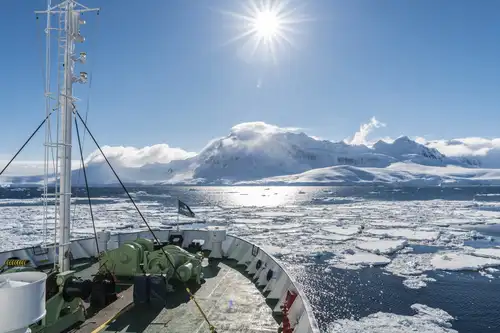
Cruising Solo: The Benefits of Single-Passenger Polar Travel
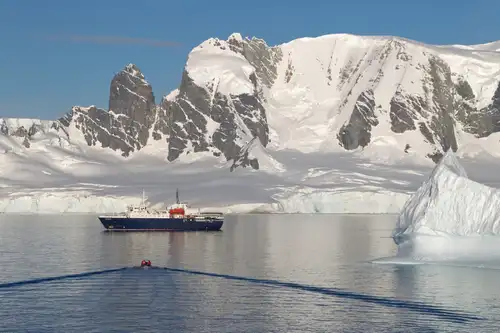
The Best Arctic and Antarctic Trips for Families
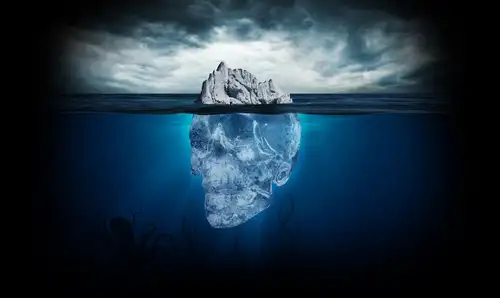
Seven Frightfully Fun Polar Ghost Stories
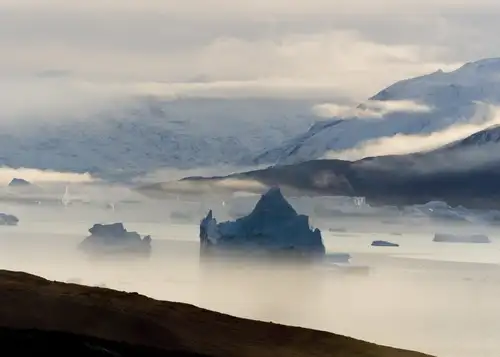
Peaks, Fjords, and Auroras: 14 East Greenland Attractions
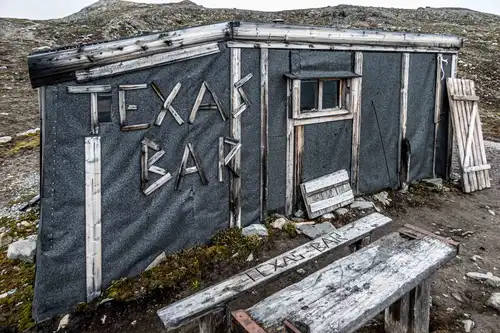
Svalbard’s Texas Bar
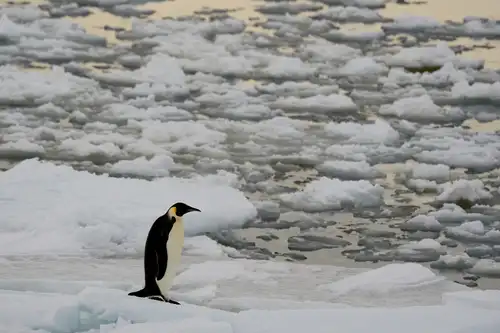
The Ways and Wildlife of the Weddell Sea
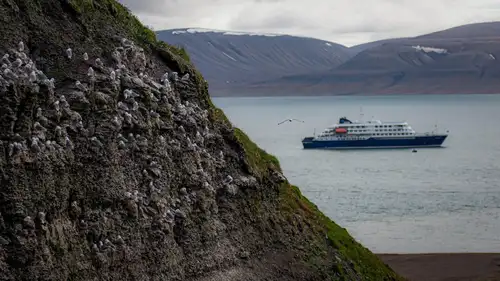
Circumnavigating Spitsbergen
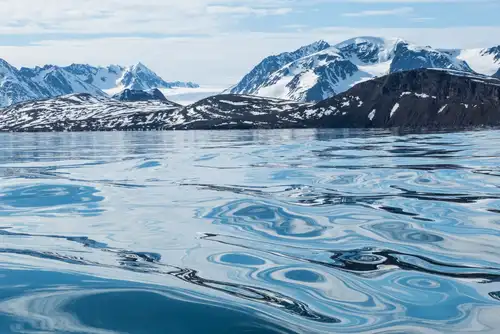
Freshwater ecosystems in the Arctic
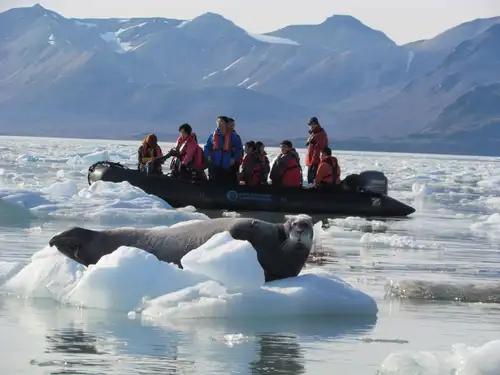
Six Seal Species You Might See On Your Greenland Cruise
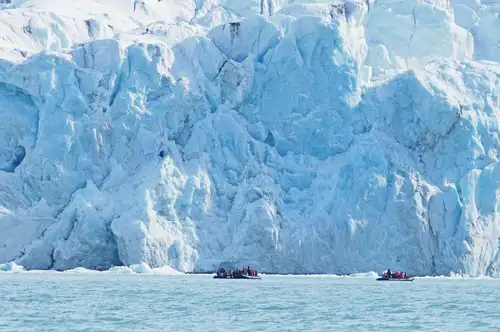
All About Ice: Glaciers and Icebergs of the Arctic and Antarctica
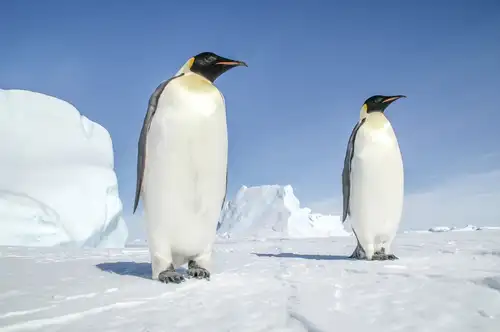
Antarctic Icon: 44 Facts About the Emperor Penguin
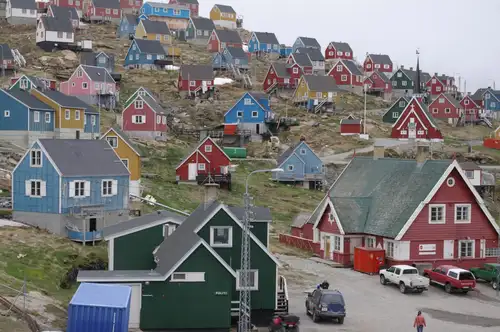
10 Traits of Post-Ice-Age Greenland

The disastrous expedition in the Arctic west
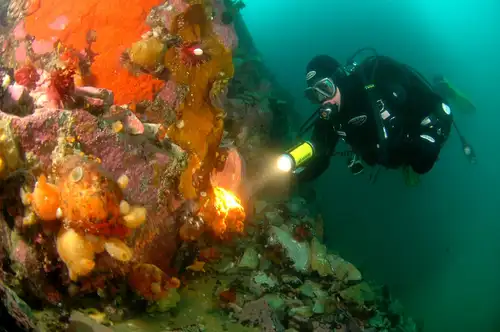
Diving in Antarctica: The Ultimate Underwater Experience

Traditional Lifestyles of the Inuit
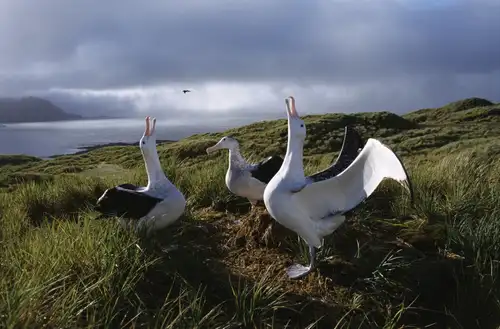
Albatross, penguin and krill research in Antarctica

5 Life Lessons You'll Learn in Antarctica
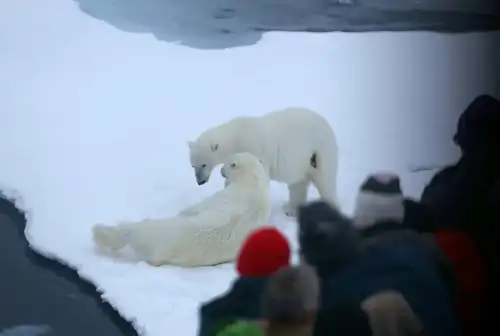
The Pack Ice and Polar Bears of North Spitsbergen
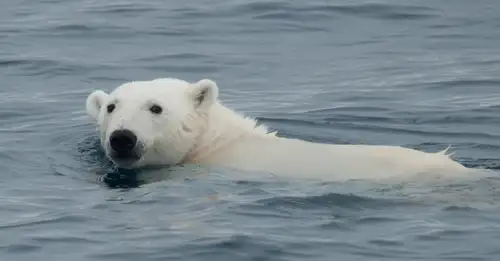
Polar Bear Sets Impressive New Diving Record
